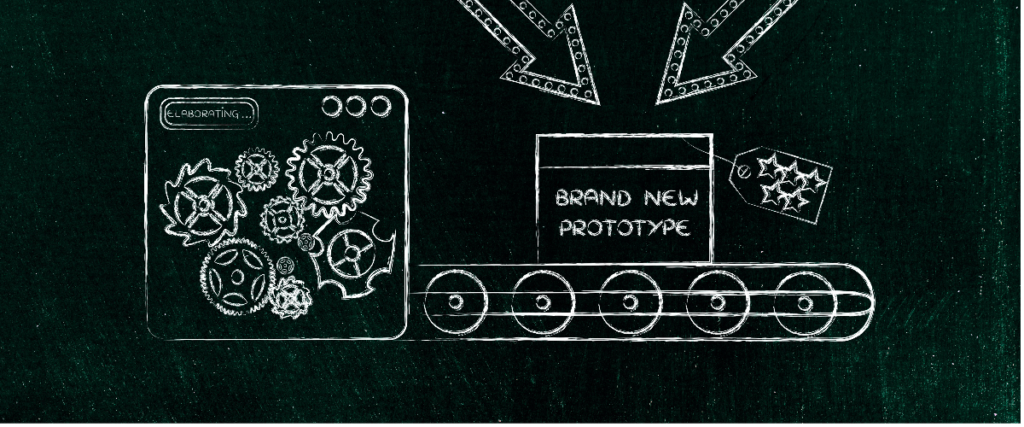
In the earlier blogs we discussed about the Stages of Design Thinking, how to use Empathy to connect Empathy Research, how to Define the problem statements and then how to Ideate. Next is the prototyping stage. This involves transforming ideas into tangible representations.
Prototypes can take various forms, such as sketches, wireframes, or even physical models. By creating prototypes, teams can gather valuable feedback, iterate on their concepts, and refine their understanding of the problem. A prototype is a preliminary version of the solution that allows you to visualise, test, and gather feedback before committing to full-scale development.
The goal of this stage are as follows:
- Build enough to test your idea
- To fail quick & cheap
- To test possibilities
- Build to learn, Build to Think, Build to Test.
For our problem of business travel experience for BlogTree.in employees, the prototypes can be built for the following:
- Develop a mock up user-friendly application which can be tested within a group of employees of BlogTree.in. - Take quotes from different transportation provider companies and compare them to give maximum benefit to BlogTree.in employees. - Create a prototype of the personalised travel itinerary concept which can be tested by a group of employees. - Make a small Emergency Response Team to decide the ways the team can benefit the employees in time of distress. - Create a training program and make them available to a small group of employees for feedback.
In the “Prototype” stage of the Design Thinking process for designing a travel experience for BlogTree.in, the focus shifts from generating ideas to creating tangible representations of those ideas.
The “Prototype” stage allows you to visualize and test your ideas in a controlled environment. It helps you identify potential flaws, refine the user experience, and ensure that the final solution effectively addresses the travel needs of BlogTree.in’s employees. The insights gained from prototyping will guide us to move to the last phase of the Design Thinking process.

I am not sure where you’re getting your info, but good topic.
I needs to spend some time learning much more or understanding more.
Thanbks foor excellent information I was lookking for this information for my mission. https://Evolution.org.ua/